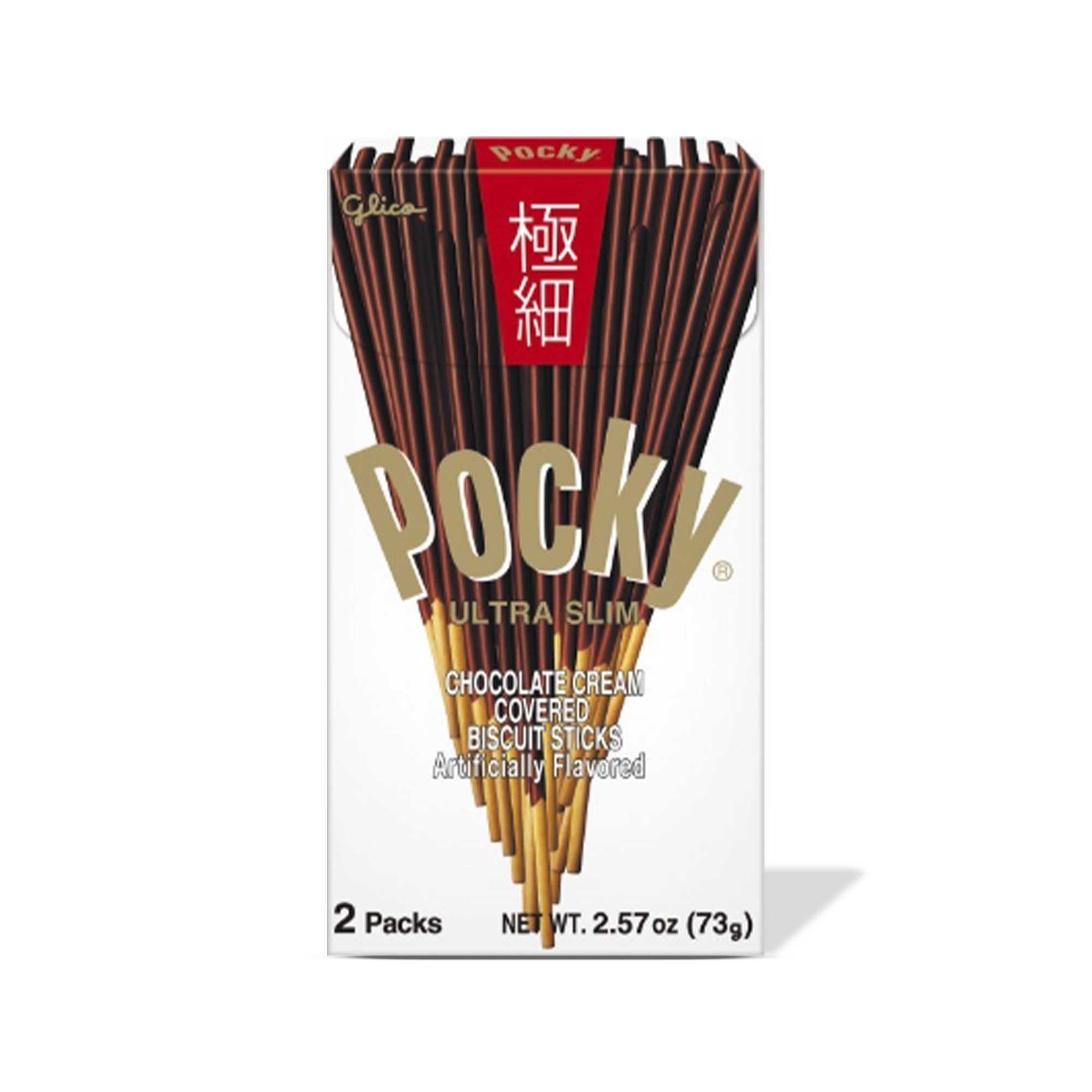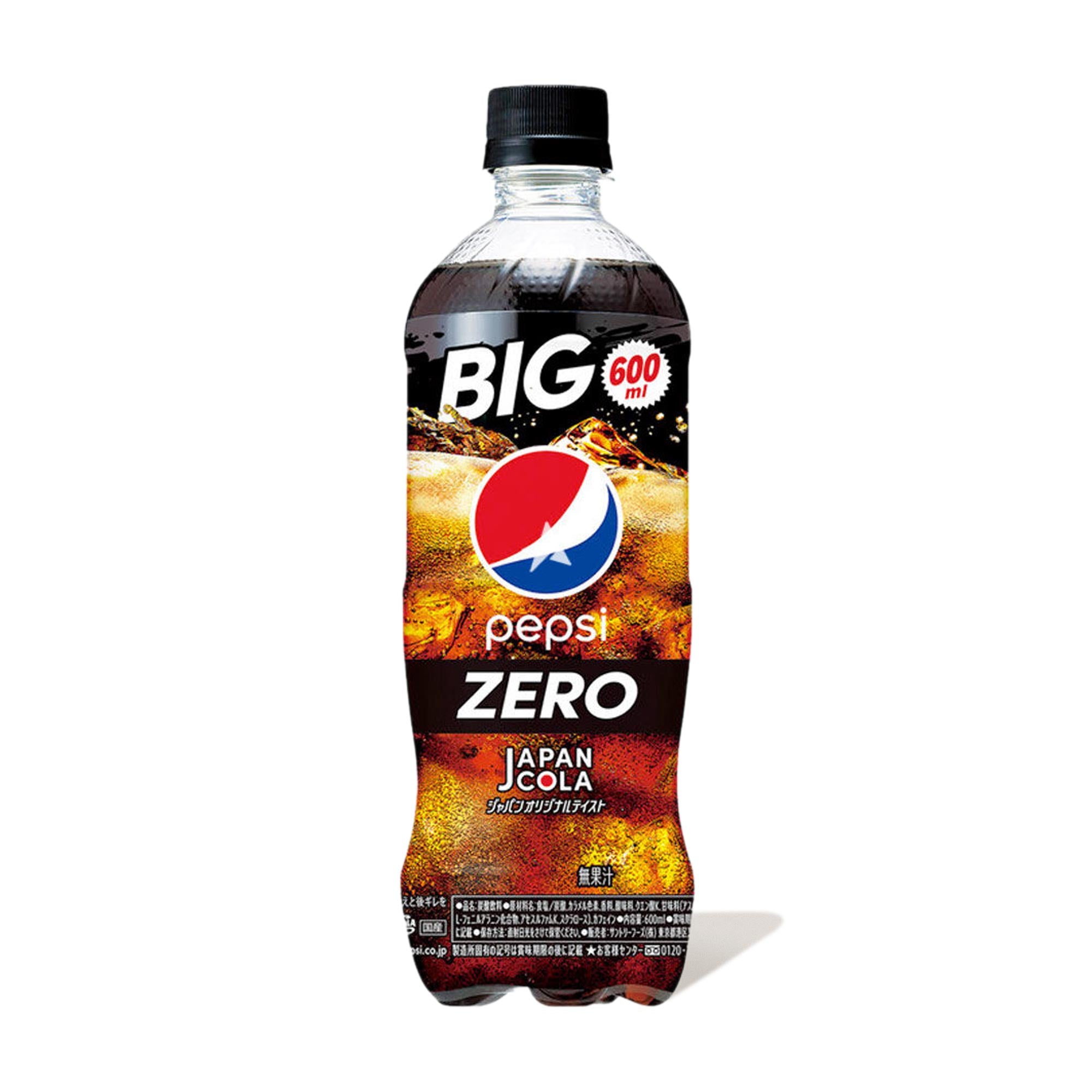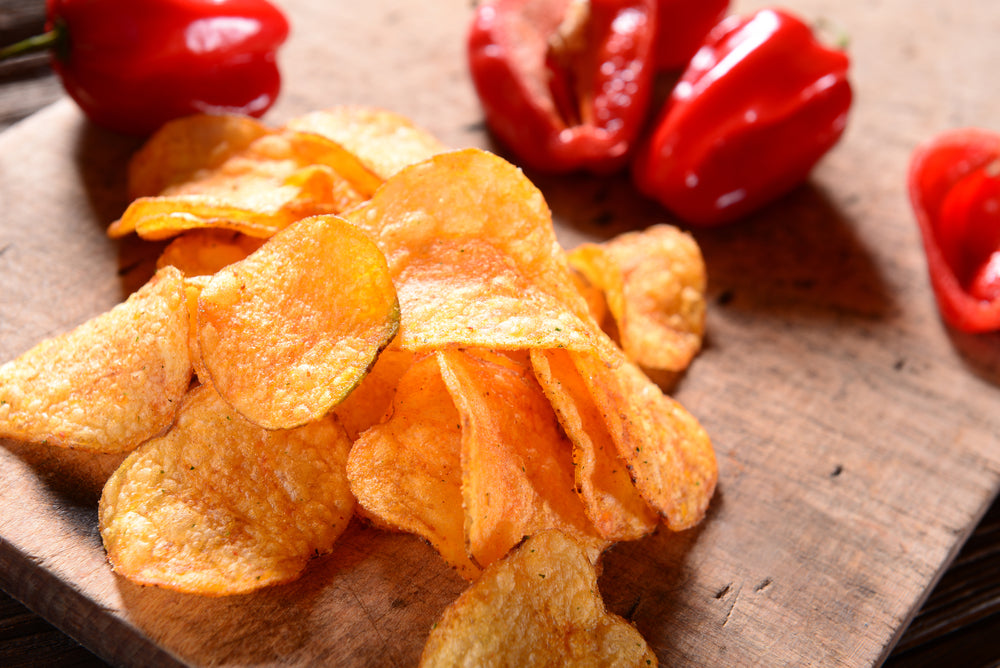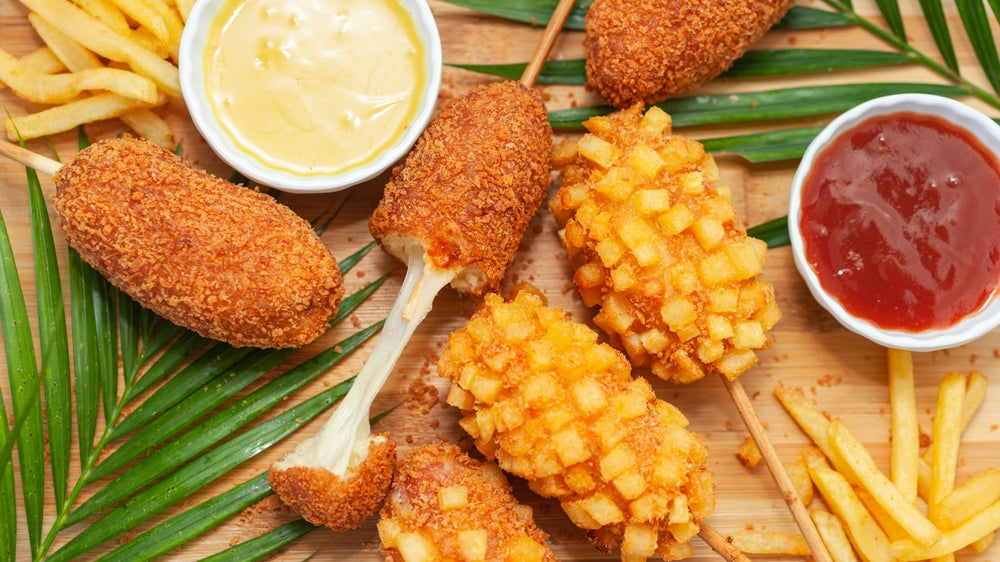What Is Kombu, And How Do You Use It?
I once met a Japanese man in a Bangalore hostel who often traveled to southern India for business. He was a Bollywood aficionado, and he loved the local food. There was just one thing he couldn’t find on his trips—he pored over ingredient lists on each instant ramen he came across, but to no avail. If only there were a Japanese grocery he could visit! Even if this man could order his groceries online, unless they were from an East Asian grocery, he would likely not find his mystery substance. The very term escaped his grasp! As we returned from the theatre, the loan word hit me—umami! My companion had been seeking monosodium glutamate, the very essence of the fifth flavor. In a South Asian grocery store, particularly in the very international Silicon Valley of India, one would certainly find umami: it’s in soy sauce, and even tomatoes. Back home, however, Japanese grocery stores—like most of the nation’s cuisine—would be quite saturated in umami. That’s thanks in large part to today’s hero from the sea: kombu!
Introducing Dashi
“What is kombu?” you ask. Well, we reply, kombu is an edible kelp and one of just two ingredients needed to make Japanese soup stock, or dashi. Dashi is famously the base of miso soup, but it’s also used to simmer many a dish. The famed Kansai okonomiyaki and takoyaki contain some dashi in their batter. If you eat a pickle in Japan, it’s likely to be flavored by kombu. Because kombu is primarily used in dashi broth, you are more likely to find it in a Japanese grocery store aisle than you are to see it on your plate. Rest assured, though: your meal surely is brought to you in part by kombu.
What is Kombu Dashi, And How Do You Use it?
Vegetarians, and fish-squeamish, take note! There are different types of dashi. If your food is made of kombu dashi, that means it doesn’t contain bonito, the other typical ingredient in standard broth. Cooks who dislike fish can also opt for kombu dashi. It’s easy enough to make. Just simmer your ingredient in water! (By the way, this is the answer to our titular How To Use Kombu.) It’s also easy enough to add to your cart when you order groceries online.
If you wanted to throw together some simmered pumpkin, you’d need merely your gourd, some water, a dash of soy sauce and some dried kombu. You can easily get most of your ingredients in any standard or specialty Asian grocery store. If your options are limited, the mysterious “we” that is Bokksu suggest that you purchase a tidy pack of dried kombu from our shop. Dried kombu is easy to portio and shelf-stable. It’s a product your author truly appreciates having in her pantry, in part because dried kombu will happily survive Japanese cooking dryspells.

But, What is Kombu?
You may have noticed that when you asked “What is kombu?” you got a long description of kombu dashi. That’s mostly because dashi is such an essential usage of dried kelp. What is kombu? The kombu you’ll likely cook with is dried kelp, also called dasima in Korean, should you need a glossary while you order groceries online or stop by your friendly neighborhood Asian grocery.
In China, Korea, and Japan, kombu (also known as haidai in simplified Chinese) has been a staple ingredient for millennia. The term refers to several different kinds of edible kelp. Kombu is not the edible seaweed you find most commonly in miso soup: that’s wakame, a different type of seaweed altogether. At risk of leading you astray, wakame fans can click on over to Bokksu’s Asian grocery store for wakame soup.

And if you want to order groceries online, consider the following kelp-based products:
Daisho Kokuuma Miso Nabe Soup Base: The savory broth you can use in your hot pot (nabe) on cold winter nights. It’s blended with dried bonito, kelp, and chili pepper

Kuze Fuku Traditional Umami Dashi: Ready-made for all your dashi needs! This one’s not kombu dashi: it also contains bonito and soy sauce powder.
Kuze Fuku Tangy Umami Soy Sauce This sauce is a dashi ponzu, which means strong notes of tangy citrus. Combined with the savory umami of dashi, it makes for a versatile dipping sauce, marinade, or even pickling brine!

You might be able to find some of these products at your local Asian grocery or Japanese grocery store, too.
Back to “what is kombu!” The term kombu may have originated from Japanese readings of Chinese characters. It may have been borrowed from the native Ainu kompu. Because this article must be truncated for purposes of commerce, we will now segue to two facts: 1. Kombu-cha, or tea made of steeped kombu, is indeed the etymological origin of “kombucha!” 2. No writing on kombu would be complete without mentioning Kikunae Ikeda, the scientist who discovered and named “umami!” Ikeda was the first to isolate monosodium glutamate from the white powder on dried kelp. If you’ve ever used dried kombu for dashi granules, please remember his hard work.
By Emi Noguchi
Author Bio











